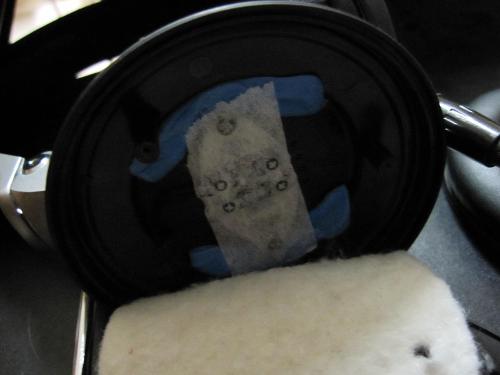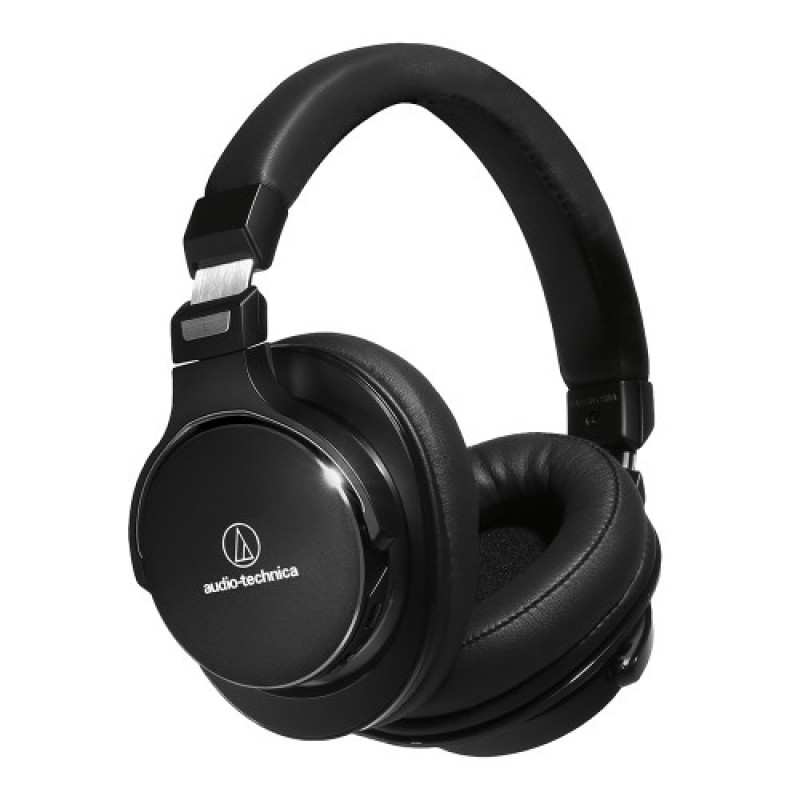Cristello
100+ Head-Fier
- Joined
- Mar 13, 2012
- Posts
- 216
- Likes
- 15
when I looked at Tyll's Frequency Response graph for the pioneer, his measurements seemed to REALLY coincide with your impressions. But! I noticed something else that I don't quite understand: "Frequency response measurements show good seal achieved easily, and bass rolling off below 100Hz." Tyll has said many times that achieving a good seal is a key factor in good low-end response, at least for closed cans. Since the HDj-2000 DOES have a consistent sealing ability, why the sudden, linear drop off below 80Hz or so? Additionally, his next statement says: "30Hz square wave sagging indicates a somewhat loose bass response, which was heard during listening." This got my mind racing. IF the seal is good, but the headphone has trouble reproducing bass without rising distortion (as the HDJ-2000 is shown to do in Tyll's THD+noise plot), either the driver has a limited range that doesn't include it OR the driver has something else going on entirely... When you commented, "When playing heavy bass sounds, I could feel vibrations emanating from the cup and into the first arm segment," and, "...sealing around the outer rim of the baffle plate with some putty... Yowza, that did the trick. Bass extension is noticeably improved," I thought back to what Tyll said about it having loose bass. Is it possible that the WHOLE driver unit (not just the diaphragm) is not secured well enough by just the three screws and needs a more solid mounting to the outer frame in order to more evenly distribute and relieve the vibrations? I thinking firmer than soft putty, for sure. Anyways, thanks for the great guide and for putting up with my long thoughts! Any response would be appreciated.
















